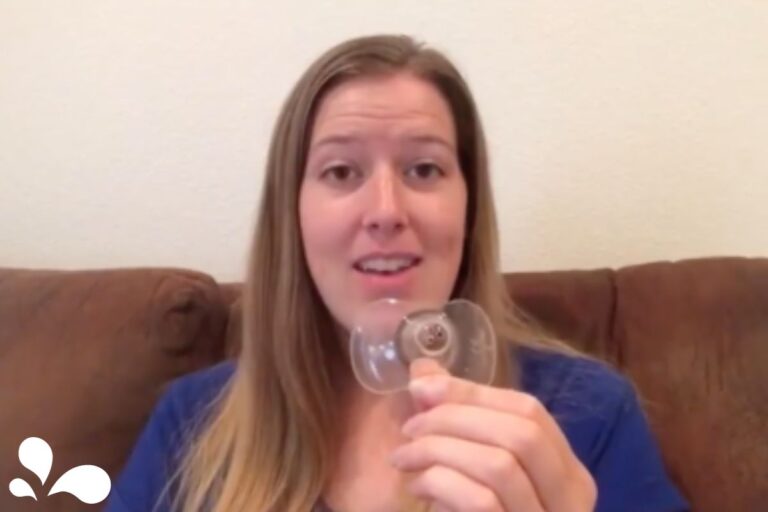“Infant massage is an ancient art that connects you deeply with the person who is your baby, and helps you to understand your baby’s particular non-verbal language and respond with love and respectful listening.”
Vimala McClure, Author of Infant Massage: A Handbook for Loving Parents

What is an infant or baby massage?
What is infant massage? Often referred to as Nurturing Touch, infant massage is the process of rubbing and stroking your baby in a way that is specifically designed for them. It is meant to be done by parents, grandparents, or significant caregiver.
It’s a delightful way to communicate care and affection to your little one.
Infant massage sets a pattern of connection and establishes a way for your as a parent or caregiver to provide a nurturing touch to your baby and continue that nurturing touch throughout your children’s lives.
Benefits for your baby
Infant massage provides a wide variety of benefits. Benefits for your baby fall under four different categories: interaction, stimulation, relief, and relaxation.

Interaction
While you can interact with your baby in many ways, infant massage is an excellent way to promote interaction through:
- Bonding and secure attachment
- One-on-one quality time
- Contact and undivided attention from caregiver
- Feelings of love, respect, and safety
- Trust, empathy, and development of self-esteem
- Imitation, pre-language, and verbal/non-verbal communication
Overall, infant massage is a way of providing nurturing touch and communicating with your baby.
Stimulation
For babies to meet milestones, stimulation is an important element of their care.
Infant massage provides stimulation of the following:
- All major body systems: circulatory, digestive, respiratory, lymphatic, immune, hormonal, and nervous systems
- Brain development that helps with body awareness, coordination, and balance
- Language development
- Skin receptors that trigger the release of hormones
- Sensory integration
- Muscular development
- Growth/weight gain
Infant massage is always a good idea, but be sure to ask your pediatrician about milestones and your baby’s health if there are any concerns.
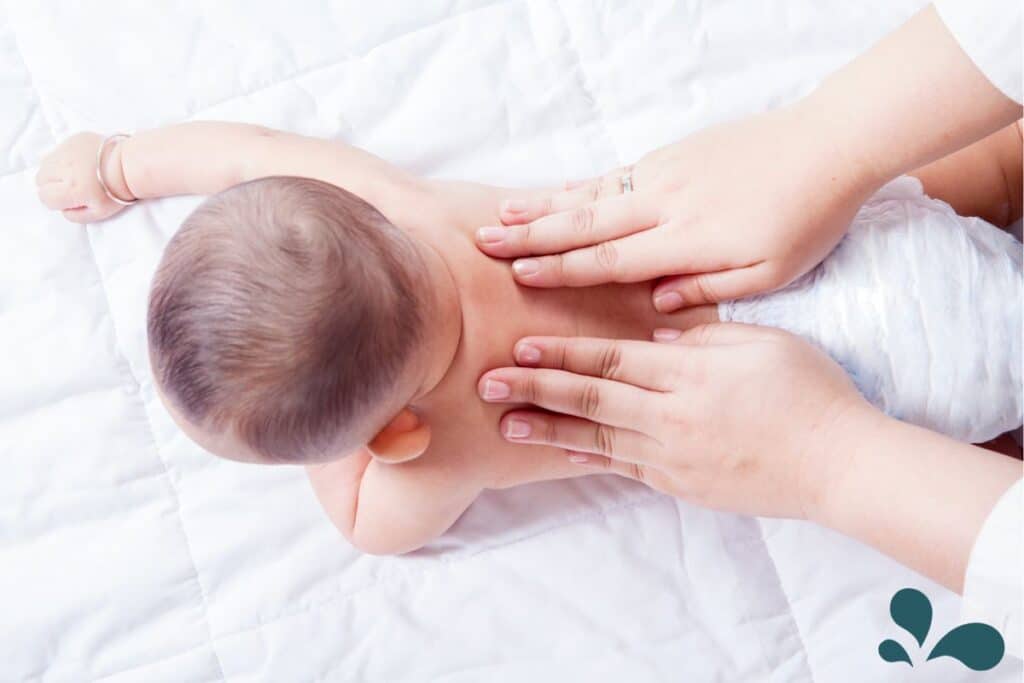
Relief of pain and discomfort
Like adults and older kids, babies experience pain and discomfort even though they can’t verbalize it. You can address their pain and discomfort through an infant massage.
Infant massage may decrease the following:
- Digestive pain
- Discomfort such as growing pains, muscle tension, teething
- Sensitivity to touch
- Excessive crying
- Physical and emotional tensions
- Congestion and mucous production
In excess, these things can require medical attention. By implementing infant massage, you can often avoid excessive medical intervention.
Relaxation
Just like an adult receiving a massage, massages are incredibly relaxing for babies because they:
- Reduce levels of the stress hormone
- Increase levels of relaxation hormones
- Help with self-regulation
- Improve sleep
- Decrease crying
When your baby relaxes, it brings peace for both you and the your baby.
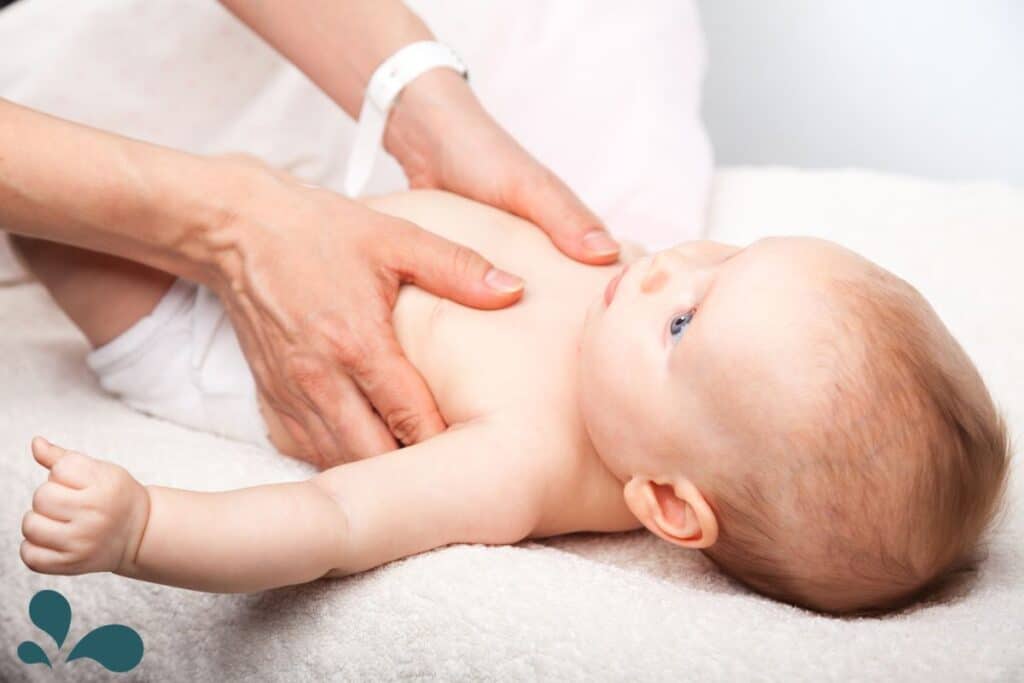
Benefits for parents
Baby massage doesn’t just benefit your baby; as a parent or caregiver, you do too!
Here’s how:
- Promotes bonding and attachment
- Improves communication (ability to read, understand, and respect infant’s cues)
- Provides early involvement for father or non-birth caregiver
- Increases self-esteem and parental confidence
- Enjoyable one-on-one time with your baby
- Decreases stress hormones
- Increases relaxation hormones
- Improves sleep
- Stimulates breastfeeding hormones (promotes breastfeeding)
8 common infant massage techniques
Let’s explore some popular techniques and their unique benefits.
1. I Love U (ILU) Stroke
Method: Trace the letters I, L, and U on your baby’s abdomen:
- “I” is stroked down the left side of your baby’s abdomen
- “L” is traced by stroking horizontally at your baby’s belly button level then down the left side
- “U” is completed by stroking up the right side of the abdomen, horizontally across the upper abdomen, and down the left side
Benefits: Can help improve digestion and relieve gas.
2. Swedish Milking Stroke
Method: Gentle, squeezing strokes down the arms and legs, imitating the action of milking.
Benefits: It can be soothing and help improve circulation.
3. Paddling Stroke
Method: Using flat hands, gently paddle along your baby’s back.
Benefits: Can be very relaxing for your baby.
4. Foot Massage
Method: Gently rotate each toe between your fingers, and then gently rub the sole of the foot in a circular motion.
Benefits: Can be comforting if your baby is teething or irritable.
5. Tummy Massage
Method: Gentle circular motions on your baby’s belly.
Benefits: Can help improve digestion and relieve gas pains.
6. Chest Massage
Method: Gentle strokes across the chest with your palms.
Benefits: Can be comforting and help to open up the chest area.
7. Face Massage
Method: Very gentle strokes on the face. This includes stroking the eyebrows, circling around the cheeks, and gently rubbing the ears.
Benefits: Can be calming for your baby
8. Back Massage
Method: Long, gentle strokes down your baby’s back.
Benefits: Can help to soothe and relax your baby.
Infant massage is a win for everyone. We can’t wait for you to implement it into your home routine and tell us about your experience.
Happy massaging!
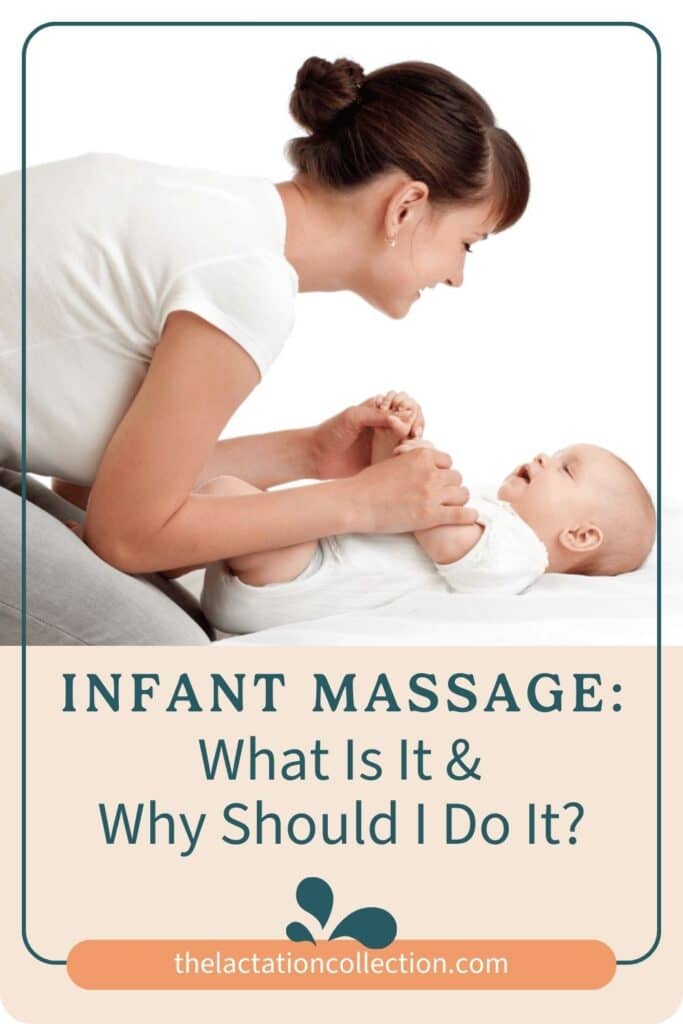
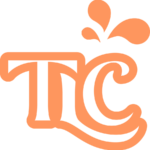
A note from the team
Anna is a Certified Educators of Infant Massage (CEIM) . If you have a consult with either of them feel free to ask them infant massage question.





